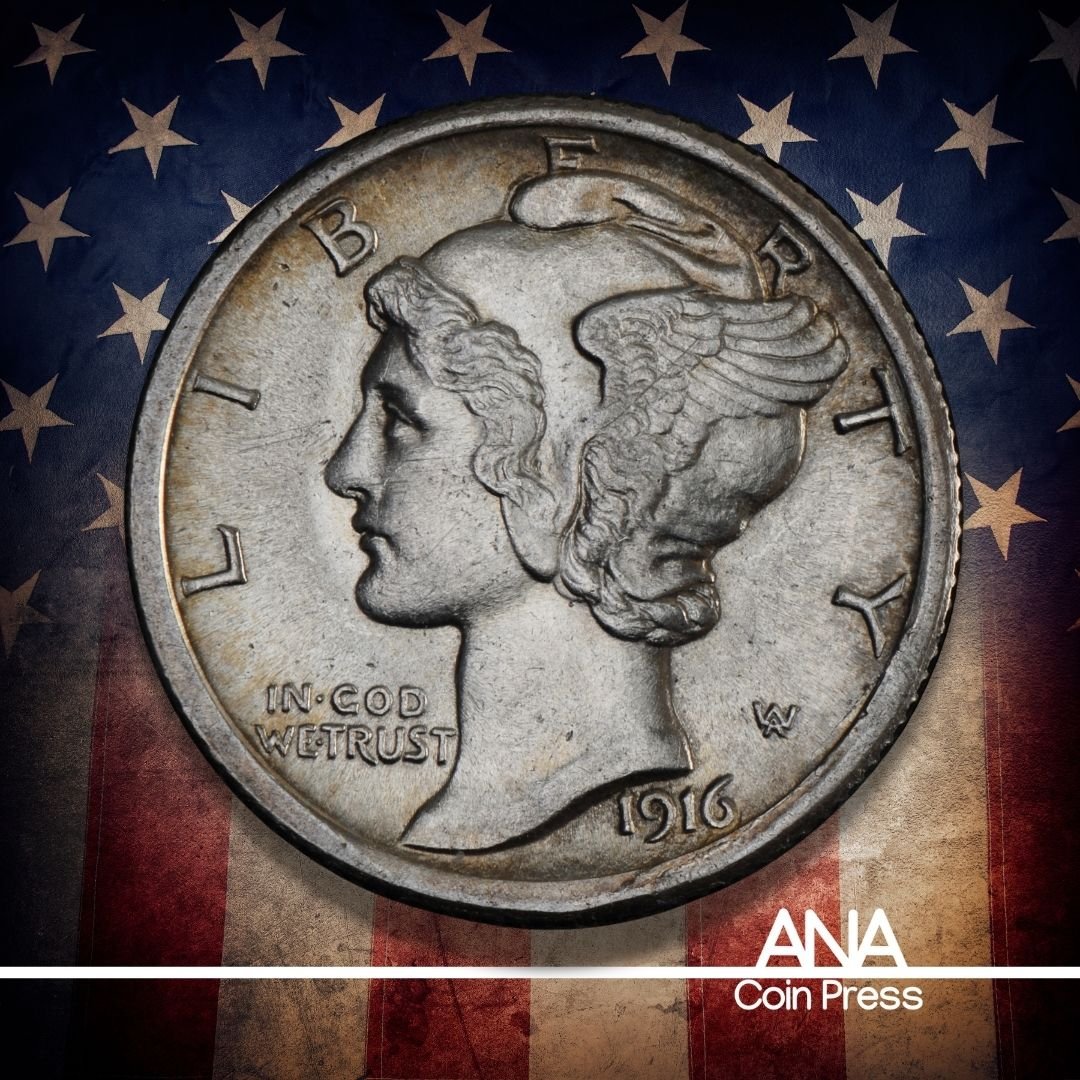Collecting U.S. Coins
Collecting U.S. coins is a popular numismatic pursuit, but deciding exactly how to collect them is not necessarily an easy task. Our nation's rich history and the eclectic artistry of its coinage have inspired many different approaches to collecting, with each option having a distinctive appeal.
Assembling a collection by denomination provides a nice overview of 200+ years of U.S. regular-issue coinage. Some denominations are familiar - cents, nickels, dimes and quarters are used every day. Others, like half dollars and dollars, are elusive, but still contemporary. Obsolete fractional issues, such as the once-popular half-cent, the Civil War-era 2-cent piece, the surprisingly useful 3-cent coin, and the short-lived 20-cent piece, are charming in their eccentricity.
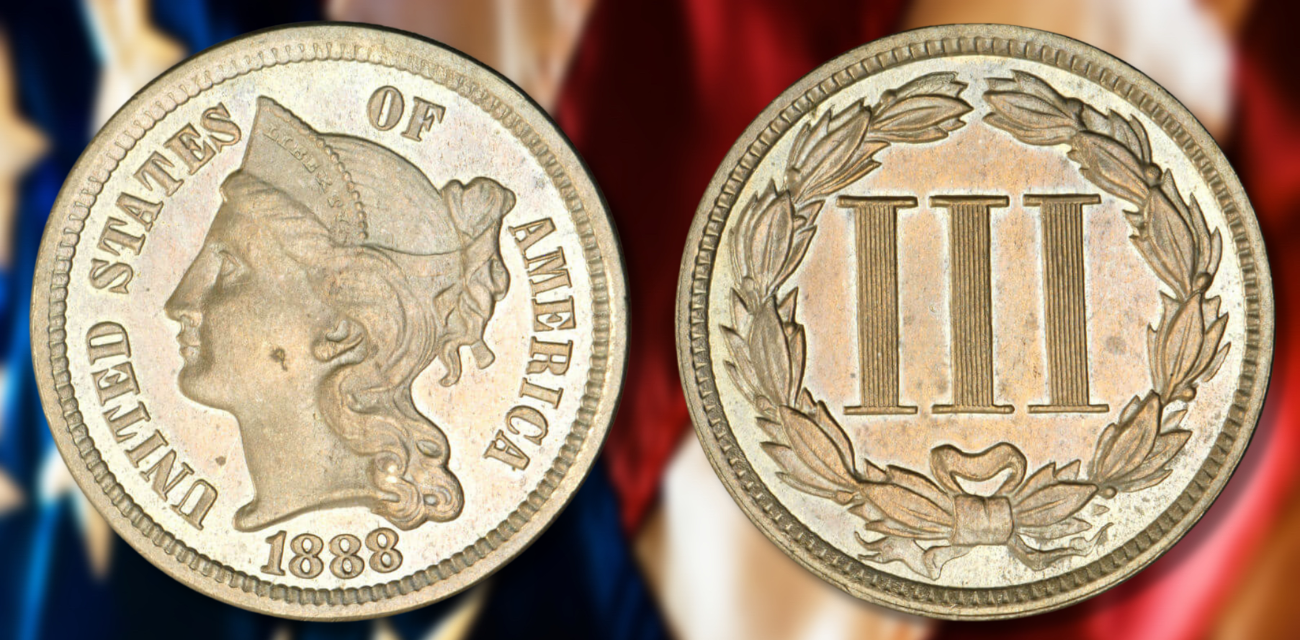
▲ 1888 Three-Cent Piece
Most U.S. denominations have experienced changes in their physical characteristics over time, and those variations can be the basis for collecting by size and composition. Dollars are a great example: during the 19th century, there were standard silver dollars, slightly larger Trade dollars and tiny gold dollars. In the 1970s, large copper-nickel dollar coins were replaced with a smaller version, and those, in turn, gave way to this century's golden dollars (golden in appearance, not content).
Other denominations have been modified as well. There are large cents, and there are small cents. Three-cent pieces and 5-cent coins come in both silver and copper-nickel versions. Dimes and quarters switched from silver to copper nickel in 1965; half dollars did the same in 1971 after a brief, interim period of 40-percent silver.
"Assembling a collection by denomination provides a nice overview of 200+ years of U.S. regular issue coinage."
Of course, money is more than just metal, and collecting by design type embraces the diversity of American coin design. A "type" is defined by its major motif, for example, Indian Head cents, Barber dimes or Peace dollars. The 18th, 19th and 20th centuries already offered an abundance of "types," but during the 21st century, state, territorial, and national parks quarters, and Sacagawea, Native American and Presidential Dollars, have taken design diversity to an entirely new level.
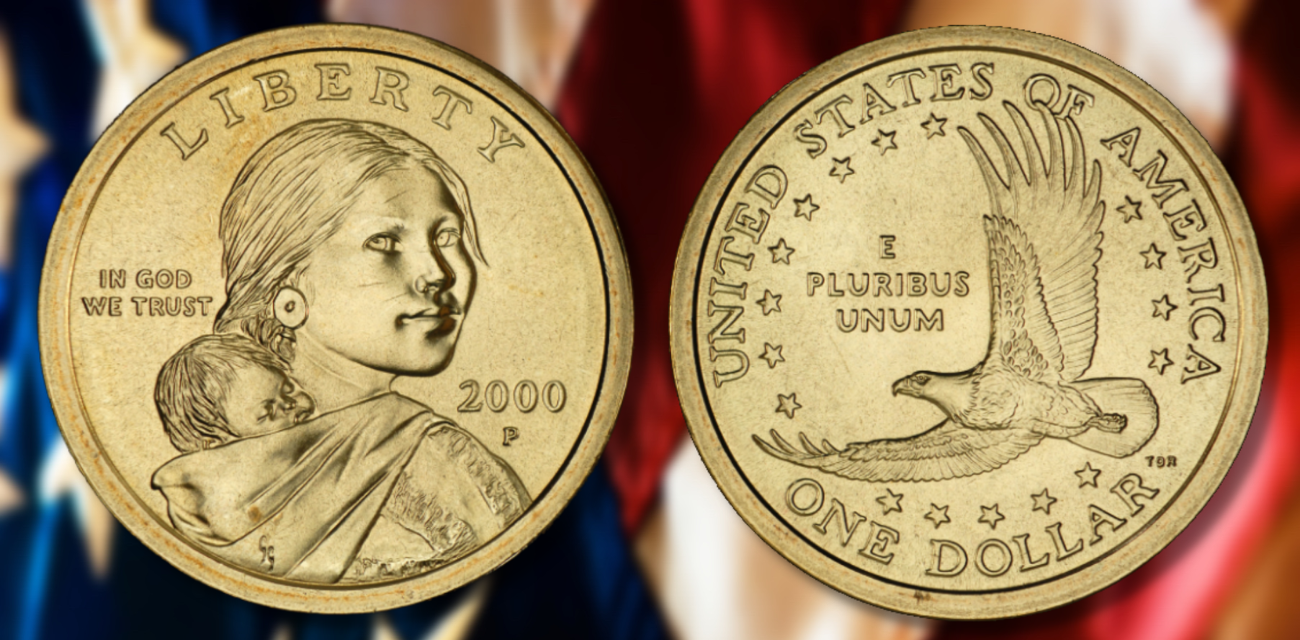
▲ 2000 Sacagawea Dollar
Where a type collection includes exactly one coin of each design, collecting by subtype involves multiples. Consider the Lincoln cent, which is fertile ground for subtype collecting. Over the course of more than a century, our most common coin has been made of bronze, zinc-plated steel, brass and copper-plated zinc. And it's had seven, different reverse designs—four in 2009 alone.
Subtypes can also be defined by partial design changes. For example, the word "CENTS" was added to the Liberty Head nickel in 1883, and there are "raised mound" and "recessed mound" Buffalo nickels of 1913.
Going beyond types and subtypes is the approach of concentrated collecting. The idea is to choose a compact set of coins that includes every major subtype within a series, every decade of the series' lifespan, and every mint that coined the series. For any series, there are many different ways to create a concentrated collection. For example, the following three coins constitute a concentrated collection of Standing Liberty quarters: 1917-D (Type 1), 1925(-P) and 1930-S. Alternatively, a 1917-S (Type 1), 1924-D and a 1930(-P) would serve the same purpose, as would a 1917(-P, Type 1),1927-D and 1930-S.
Countless other combinations are possible. Whatever specific pieces you choose, concentrated collecting allows you to capture the essence of a series with a small number of coins.
These different methods of collecting all have one thing in common: they emphasize breadth over depth, and involve no more than a few coins from any particular series. But when the time comes to delve into a favorite U.S. coin series-as collectors tend to do- there’s an entirely different set of collecting options available.
"Of course, money is more than just metal, and collecting by design type embraces the diversity of American coin design."
Collecting by date is uncommon today, but at one time it was all the rage. A 19th-century collector of, say, Morgan dollars, would have endeavored to acquire an example from every year of the series, without considering where it had been made.
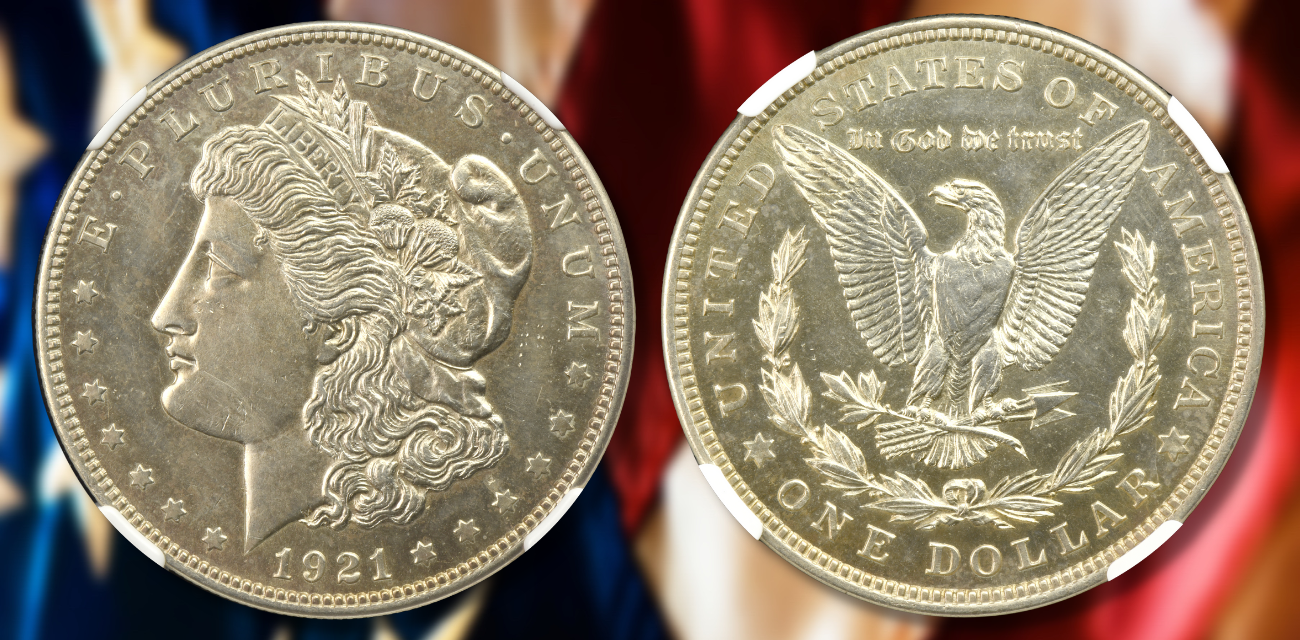
▲ 1921 Morgan Dollar
Collecting by date and mintmark, which dominates the hobby today, started to take off in 1893 with Augustus Heaton's Treatise on Coinage of the United States Branch Mints. Heaton noticed that, in any given year, coins with different mintmarks might have widely varying degrees of rarity. Today, the importance of mintmarks seems obvious- no one would overlook the "S" mintmark on a 1909 cent. Numerous numismatists are in avid pursuit of every date-mintmark combination in their chosen series, and hobby publications are oriented around date-mintmark collecting. But a century ago, before omnipresent coin albums and references had encoded the date/mintmark mentality into collectors' DNA, Heaton's book was a real revelation.
Since then, the quest for differentiation has continued in new directions. Some are fairly obvious: deliberate and major midyear design changes result in widely collected design varieties. For example, there are 1883 Liberty Head nickels with and without the word "CENTS."
Things get really intricate when collecting by die variety. Die varieties are small, but noticeable differences that arise from slight variations among the many dies used to make a given denomination at a given mint in a given year. Die varieties typically (but not always) involve peripheral elements like inscriptions, dates and mintmarks, and may be major or minor. I consider a major variety to be one that is visible without magnification and/or listed in the bible of numismatics the "Red Book" (A Guide Book of United States Coins).
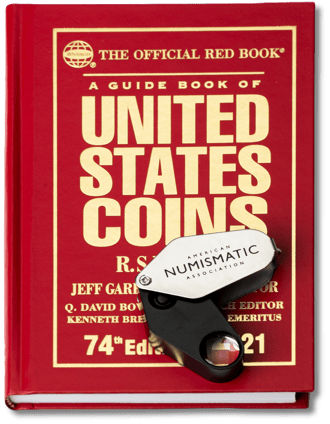 Die varieties have long been popular among collectors of 19th-century coins like large cents and Bust halves. Such issues were made in great numbers using technology that often defied uniformity, resulting in lots of varieties. In fact, William Sheldon's 1948 book Early American Cents (later revised as Penny Whimsy), which introduced the now-ubiquitous 1-to-70 grading scale for coins, was actually a catalog of die varieties.
Die varieties have long been popular among collectors of 19th-century coins like large cents and Bust halves. Such issues were made in great numbers using technology that often defied uniformity, resulting in lots of varieties. In fact, William Sheldon's 1948 book Early American Cents (later revised as Penny Whimsy), which introduced the now-ubiquitous 1-to-70 grading scale for coins, was actually a catalog of die varieties.
In recent decades, major varieties and even minor varieties have been increasingly incorporated into collectors' plans, as publicity and popularity have gone hand-in-hand. Classic and sensational error coins like 1955 doubled-die cents and 1942/1 dimes, and the more subtle 1938 D/S nickel and 1900 0/CC dollars, have been joined by additional, and expanding, variety listings for just about all series.
As usual, publications have set the pace. Leroy Van Allen and A. George Mallis' Comprehensive Catalog and Encyclopedia of Morgan and Peace Dollars, first published in 1971, has such extensive variety listings that many collectors focus on the "Top 100" Morgan or "Top 50" Peace "VAMs." Interest in other varieties was enhanced by the 1990 publication of Bill Fivaz and J.T. Stanton's Cherrypicker's Guide to Rare Die Varieties. This landmark book, which presented interesting issues in every series, is now in its sixth, much-expanded edition. And these days, collectors can find specialized publications for just about every U.S. coin series.
One day, Fivaz and Stanton might be seen as the vanguards of a varietal revolution as momentous as Augustus Heaton’s popularization of date/mintmark collecting. To find out, we'll have to await the perspective that only the future can provide. Until then, and whatever and however you collect, there’s a wealth of information available about our hobby, and many ways to enjoy the many choices numismatics has to offer.
Originally published in The Numismatist, November 2018.
About the American Numismatic Association
The American Numismatic Association is a nonprofit organization dedicated to educating and encouraging people to study and collect coins and related items. The Association serves collectors, the general public, and academic communities with an interest in numismatics.
The ANA helps all people discover and explore the world of money through its vast array of educational programs including its museum, library, publications, conventions and numismatic seminars.

